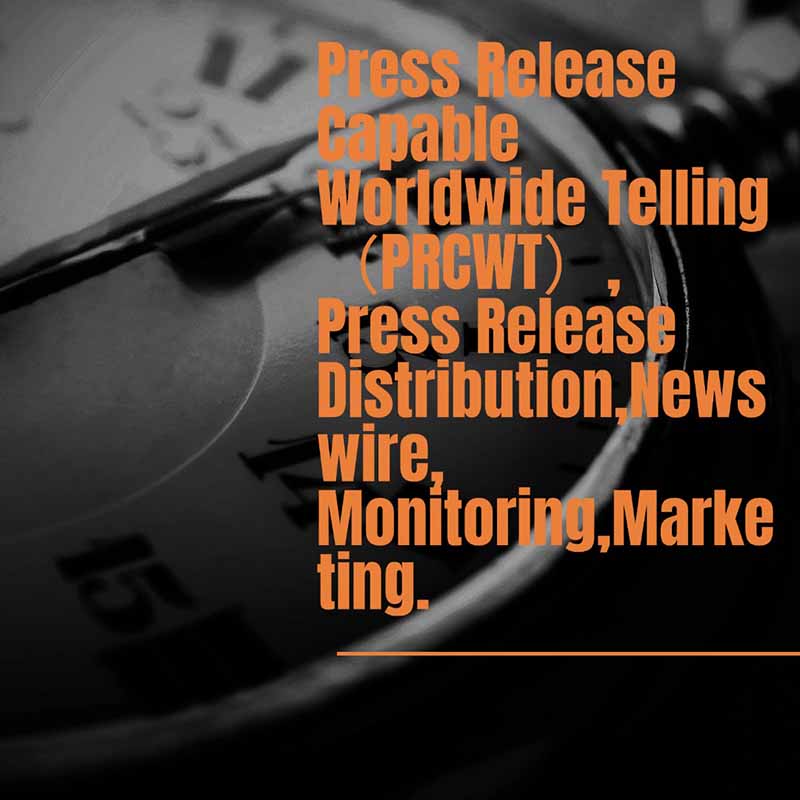In today's digital age, multimedia news has become an integral part of our lives. It combines various forms of media, such as text, images, videos, and audio, to provide a more comprehensive and engaging news experience. This article explores the significance and influence of multimedia news in modern society, highlighting its role in shaping public opinion, disseminating information, and enhancing communication.
Multimedia news has revolutionized the way we consume information. With the rapid development of technology, people now have access to news through multiple channels, including social media, news apps, and online platforms. This has made news more accessible and immediate, allowing individuals to stay informed about current events as they happen. Moreover, multimedia elements such as videos and images add depth and visual appeal to news stories, making them more captivating and easier to understand.

The use of multimedia in news reporting has also had a significant impact on journalism. Journalists are now required to be more creative and diverse in their approach to news gathering and presentation. They need to combine different media forms to tell a story effectively and engage the audience. This has led to the emergence of new journalistic practices and techniques, such as data journalism and citizen journalism.
Multimedia news has also played a crucial role in shaping public opinion. In a highly competitive media landscape, news organizations strive to attract and retain audiences by presenting news in a way that is relevant and engaging. This often involves taking a particular stance or perspective on an issue, which can influence the way people think and feel about it. Additionally, social media has made it easier for news to spread rapidly and reach a wide audience, potentially influencing public opinion on a large scale.
However, the rise of multimedia news also poses some challenges. One of the main concerns is the issue of credibility. With the abundance of information available, it can be difficult for audiences to distinguish between reliable and unreliable sources. This has led to an increase in the spread of misinformation and fake news, which can have serious consequences for society. To address this issue, news organizations need to be more transparent about their sources and editorial processes, and provide accurate and reliable information to their audiences.

Another challenge is the potential for media bias. Journalists may have their own biases and agendas, which can influence the way they report news. This can lead to a one-sided or inaccurate portrayal of events, which can mislead the public. To ensure objectivity and fairness in news reporting, journalists need to adhere to ethical standards and principles, and report news based on facts and evidence.
In conclusion, multimedia news has had a profound impact on modern society. It has made news more accessible, engaging, and diverse, while also presenting some challenges. To make the most of the benefits of multimedia news, it is essential for news organizations to embrace technological advancements and innovation, while also maintaining high standards of journalism and ethics. By doing so, they can continue to provide valuable information and insights to the public, and contribute to a more informed and engaged society.